
OR
Cement, steel industries in trouble as demand stagnates
Published On: February 25, 2020 08:45 AM NPT By: Ritesh Tripathi
BIRGUNJ, Feb 25: Industries in the industrial corridor of Birgunj have decreased their production due to lack of adequate market for their products. According to the officials of the Birgunj Chamber of Commerce and Industries, industries have decreased 75% of their production, as number of industries has increased but the demand is less than the production capacity of these industries.
According to the statistics of the Birgunj Customs Office, the main raw materials imported for the industries have also decreased. The industrial corridor in Birgunj mainly produces construction materials, food products, oil, packaging products, medicine, leather and textile. Construction materials produced in the corridor are sold all over the country. Cement and rod producers are facing the brunt as their production capacity is more than the demand for their products in the market.
“There is reduction in various productions especially in the construction products which can be clearly seen in the market,” said Pradip Kediya, past president of the Birgunj Chamber of Commerce and Industries, “There are various reasons behind it.” According to the statistics of the Birgunj Customs Office, import of clinker, which is the main raw material for cement production, declined by 11% this year. The Birgunj industrial corridor has 13 cement industries. Out of the total clinker consumed by these industries, only 70% are imported. According to Madhav Rajpal, general secretary of the Birgunj Chamber of Commerce and Industries, sudden decrease in import of clinker proves that the production of these industries has decreased.
Last year, from mid-July to mid-January, 93.2 tons of clinkers were imported. This year 80.9 tons of clinkers were imported, according to the statistics of the customs. “The government has not studied about the domestic demand and has provided license of cement industry freely which has increased the production than the total demand of the country,” said Umesh Chandra Thakur, director of Narayani Cement.
Thakur claimed that after the operation of industries which are in the pipeline from next year, the total cement production capacity of Nepal will be 25 million tons. According to Thakur, the government cannot spend capital expenditure as per the target which has also affected the demand for construction materials in the market. “Only 17% to 20% of the capital budget has been spent in the seven months of this fiscal year,” said Thakur, “Due to this, expected demand cannot be created in the market.”
The condition of the iron rod industries is also the same as the cement industries. Most of the rod industries in the industrial corridor have decreased their production. “We have reduced our production, this is the current condition of every industry,” said one industrialist, “We have to operate our factories just to stay relevant in the market.” According to industrialists, daily capacity of these industries is 20,000 tons whereas the daily demand is only 2,000 tons.
The raw material for production of rod is ASAM Billet. Last year, from mid-July to mid-January, 60.8 tons of raw materials were imported. This year, in the same time period, only 40.8 tons of raw materials were imported. The revenue collection of the Birgunj Customs has also been affected due to the decline in import of raw materials.
You May Like This
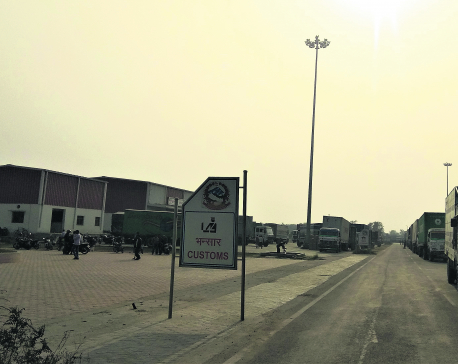
Birgunj customs misses revenue target
BIRGUNJ, March 21: Birgunj Customs Office, the main collector of customs revenue, has lagged behind in revenue collection. ... Read More...
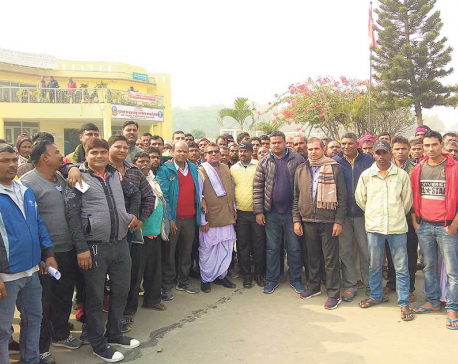
MoC team reaches Birgunj to sort out dirty cargo issue
We cannot receive such dirty cargoes from Sirsiya dry port: Commerce ministry joint-secretary ... Read More...

Overcrowding Birgunj jail raises safety concerns
BIRGUNJ, Feb 13: The Birgunj Jail, that has been housing inmates double the number of inmates than its authorized capacity,... Read More...


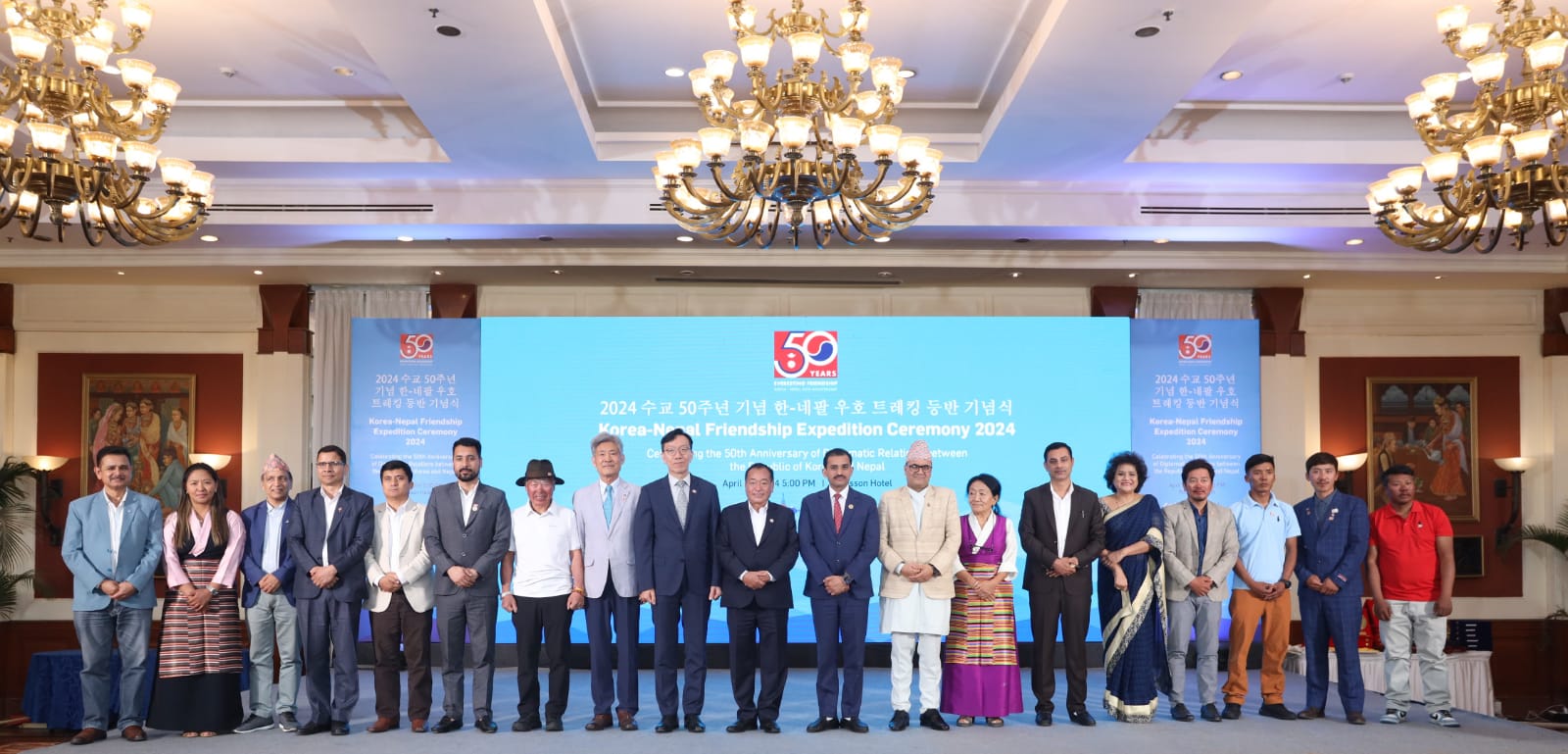
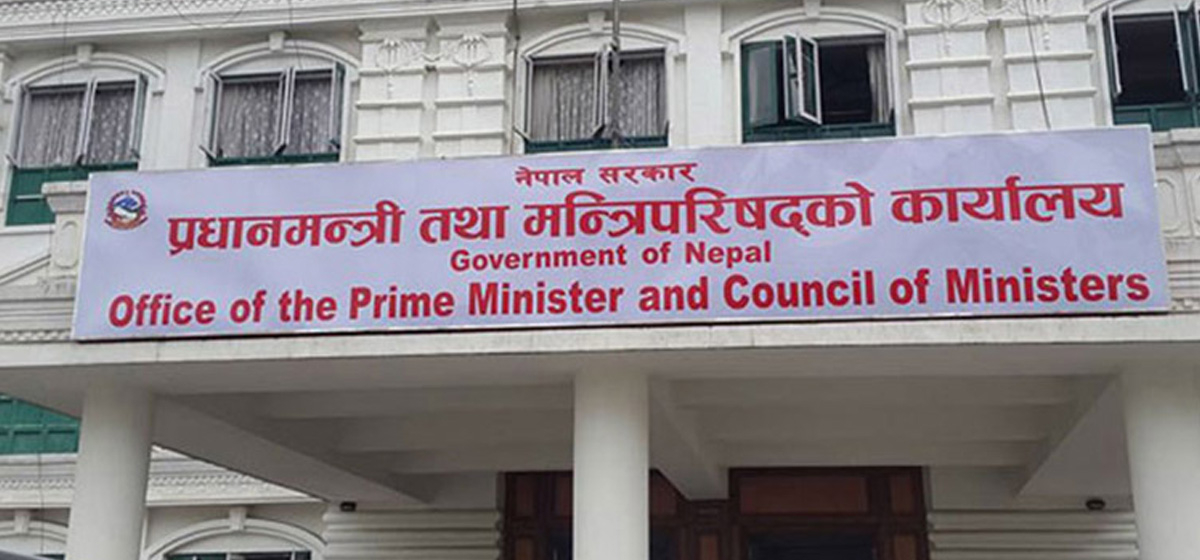

Just In
- Ilam by-election update: UML candidate Suhang maintains lead
- Korean embassy and NTB commemorate 50th anniversary of Korea-Nepal Diplomatic Relations
- SC administration files contempt of court case against SidhaKura
- Second day of Nepal Investment Summit to feature diverse discussions
- Ilam-2 by-election: UML’s Nembang leads by 4,523 votes
- UML’s Bhandari secures victory in Bajhang-1 by-election
- CIB probe into fake DL distribution case: PMO pressures public prosecutor to free arrested govt employees
- Police report one death in Bhojpur jeep accident









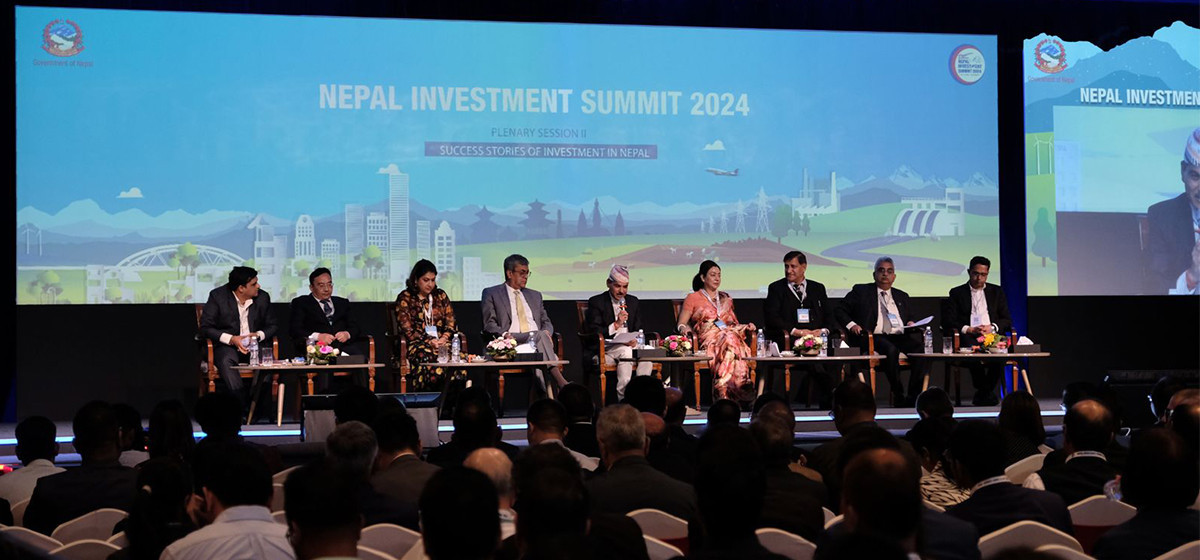


Leave A Comment